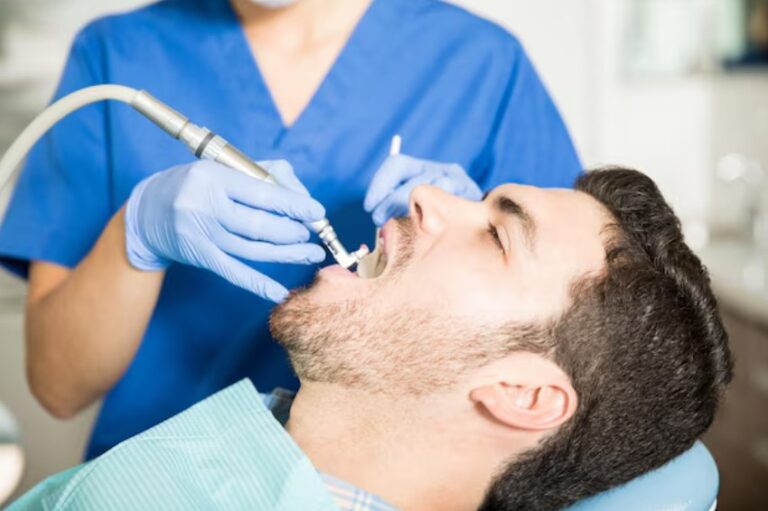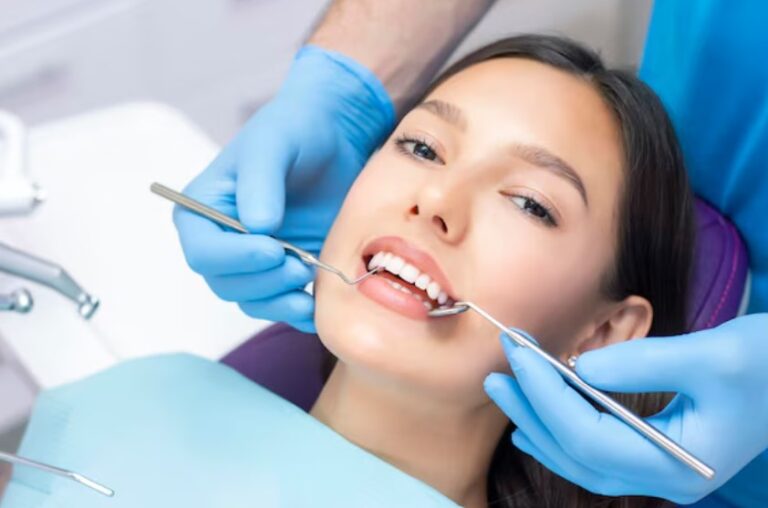
Sports physicals are a proactive way for young athletes to prepare for their favorite activities. With many schools and athletic organizations requiring them, these checkups help identify potential health concerns before they interfere with participation. They also offer peace of mind for parents and students eager to begin a new sports season.
What Is a Sports Physical?
A sports physical is a routine health assessment. The main goal is to check that an athlete is fit to participate in physical activities safely. This type of checkup focuses specifically on evaluating an individual’s physical readiness for sports. It is not a replacement for an annual wellness exam, but it complements broader healthcare assessments.
A healthcare provider conducting sports physicals will look for any medical issues that could pose risks during high-energy activities. These assessments help uncover conditions that might increase the likelihood of injuries or medical complications from strenuous exercise. While simple, the process offers invaluable insight into an athlete’s overall fitness.
When Do I Need a Sports Physical?
Sports physicals are typically required at least once a year for students participating in team sports or other physically demanding activities. They are usually scheduled a few weeks or months before the sports season begins to allow time for any recommended follow-ups or treatments. For athletes with ongoing health conditions, additional or more frequent checkups might be recommended.
Parents of young athletes should inquire about specific requirements from their child’s school or athletic association. Some organizations set annual deadlines, while others require updated physicals for each new sport or season. Planning well in advance helps you avoid last-minute stress and delays in participation.
What Happens During Sports Physicals?
During the appointment, the healthcare provider will begin with a review of the athlete’s medical history. This includes questions about their health habits, such as exercise routines, past injuries, and lifestyle choices related to smoking or alcohol use.
The provider will then perform a comprehensive physical examination, which may include the following steps:
- Vital signs measurement – Recording metrics such as resting heart rate and blood pressure.
- Reflex and neurological exam – Checking reflexes to assess nerve function and overall coordination.
- Abdominal check – pressing on the abdomen to evaluate the size and position of internal organs.
- Vision and hearing evaluation – Ensuring the athlete can see and hear clearly.
- Heart and lung assessment – Listening for any irregularities in the heart or breathing patterns.
- Lab tests – Conducting bloodwork or a urinalysis to screen for underlying conditions like diabetes or kidney-related issues.
Each of these steps helps pinpoint any health concerns that might require attention before the athlete can participate.
Also Read: Importance of Pain Management in Improving Quality of Life
Your Next Step
Sports physicals are a small but meaningful part of preparing for the demands of competitive sports. By addressing potential health concerns ahead of time, athletes can focus on excelling in their sport without unnecessary worry. If your student athlete needs a sports physical, schedule their appointment with a qualified healthcare provider today. Don’t wait until the last minute—book early to give your child the best start to their sports season.








